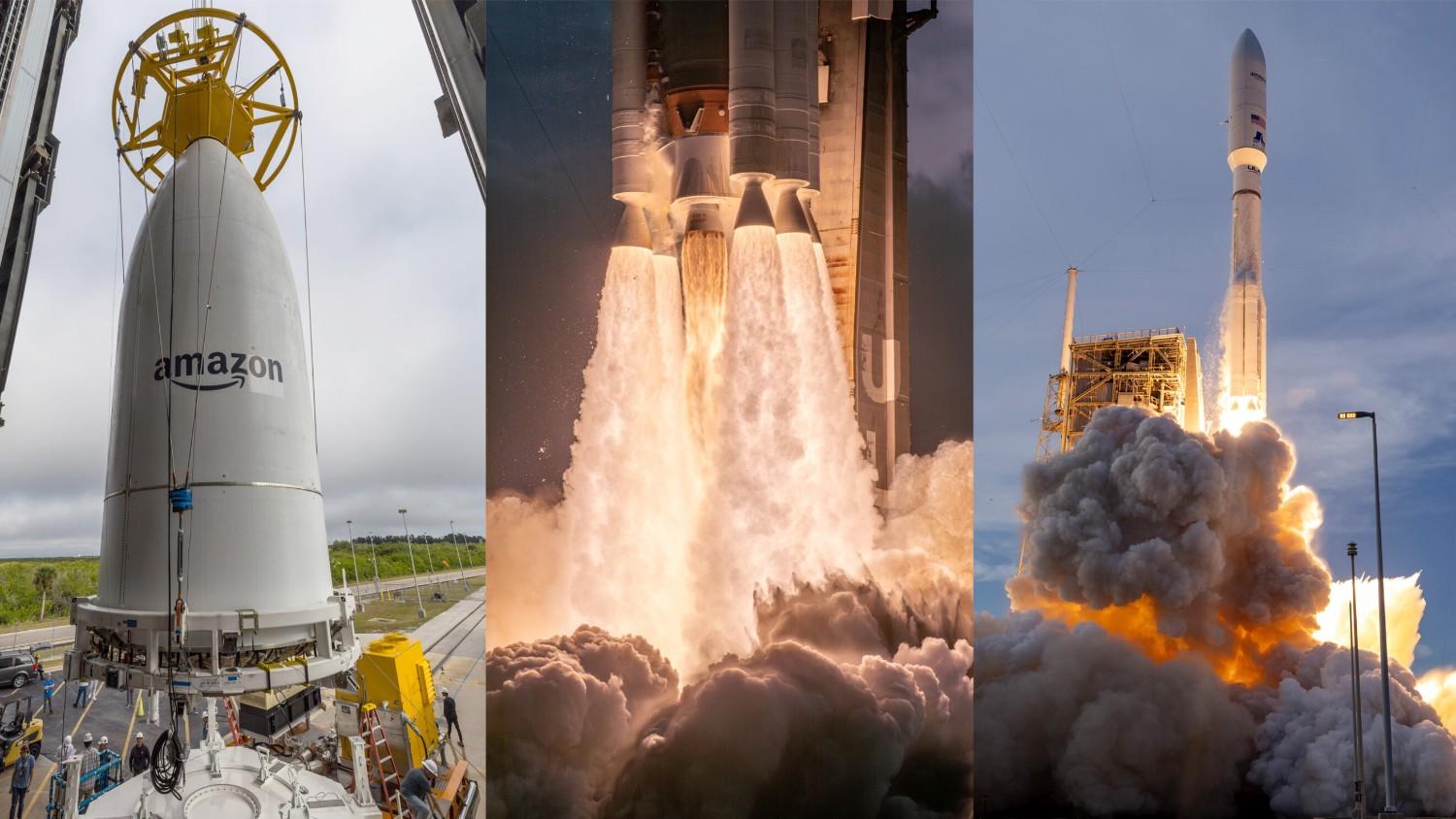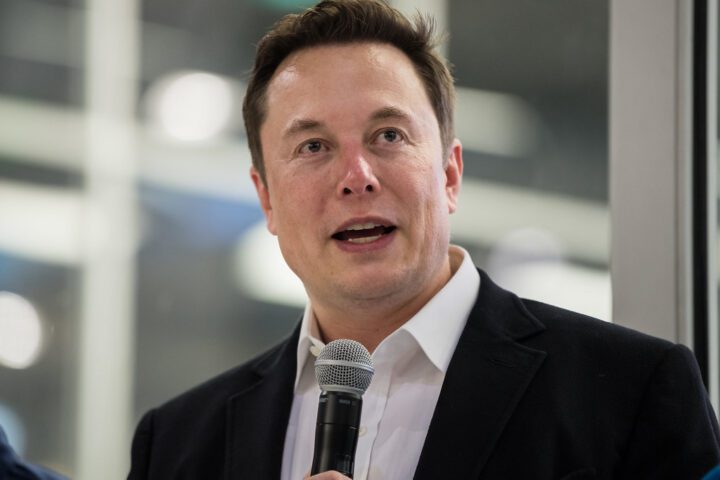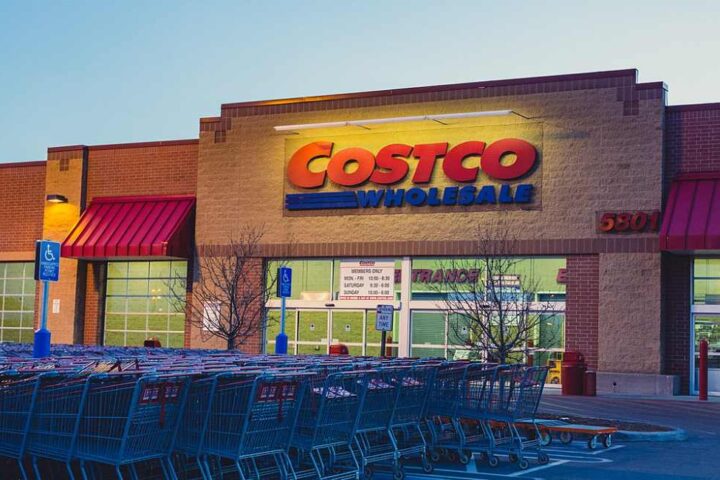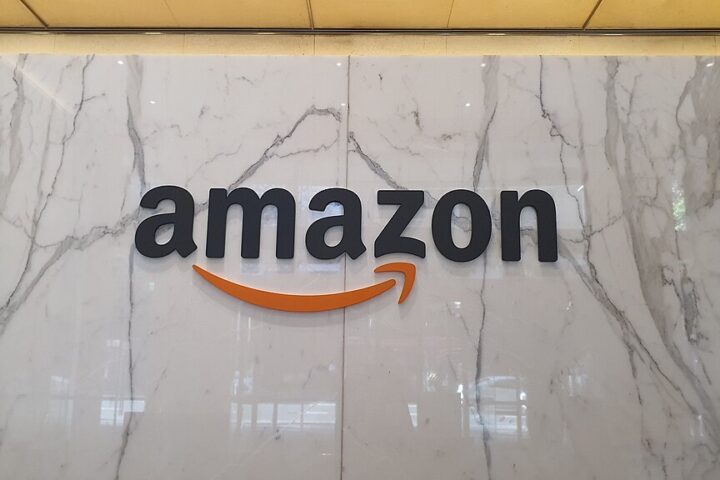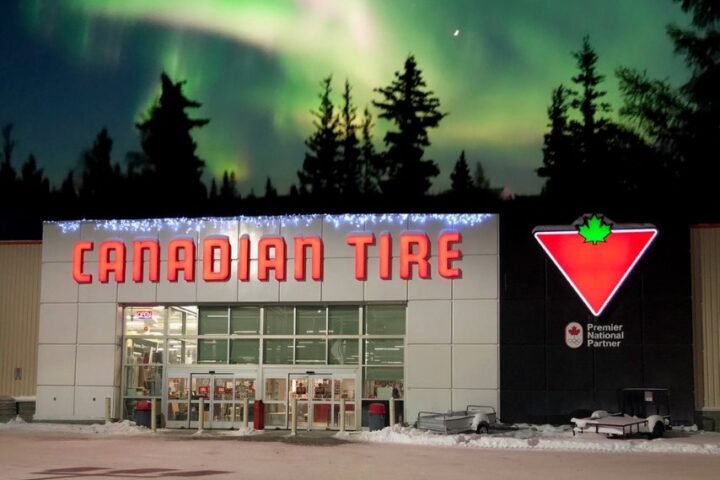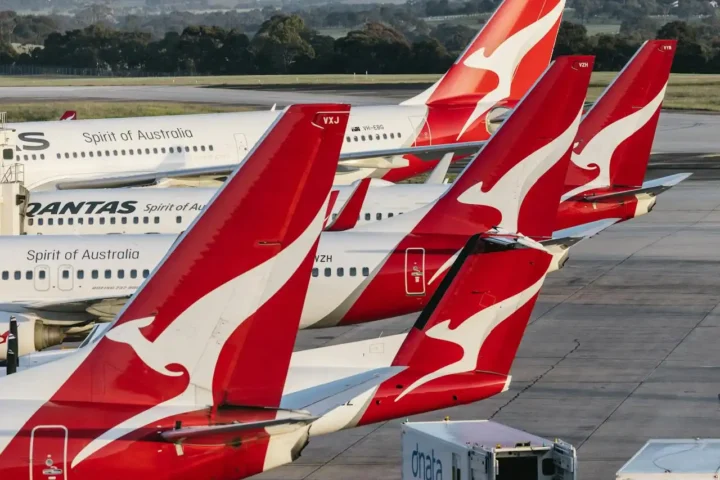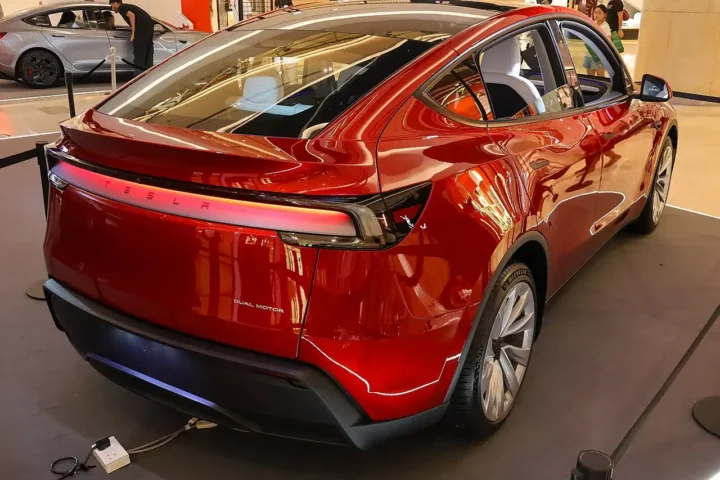Amazon sent its second batch of internet satellites into orbit on June 23, 2025, when a United Launch Alliance Atlas V rocket took off from Cape Canaveral at 6:54 a.m. ET. This launch adds 27 more satellites to Amazon’s Kuiper constellation, bringing its total to 54—a small start toward its planned 3,236-satellite network.
“We have ignition and lift off of United Launch Alliance Atlas V rocket carrying satellites for Amazon’s Project Kuiper internet constellation,” announced Ben Chilton, ULA ordnance engineer, during the livestream.
Monday’s launch had been postponed twice—first due to bad weather, then because of a nitrogen issue with the rocket booster.
FCC Deadline Looms as SpaceX Leads
Amazon must deploy 1,618 satellites—half its planned constellation—by July 2026 to meet Federal Communications Commission requirements. Meanwhile, SpaceX has already positioned about 8,000 Starlink satellites and serves 6 million customers worldwide.
Similar Posts
“All 27 satellites for our KA-02 mission were fully integrated within 17 days of that first launch,” wrote Rajeev Badyal, VP of Technology at Project Kuiper, on LinkedIn.
Multiple Rocket Providers Tapped
Amazon has booked over 80 launches from several companies to meet its tight schedule:
- 6 remaining Atlas V rockets (after this launch)
- 38 Vulcan rockets from ULA (each carrying 45 satellites)
- 18 Ariane 6 rockets from Arianespace
- 12 New Glenn rockets from Blue Origin (options for 15 more)
- 3 Falcon 9 rockets from competitor SpaceX
Technical Details and Consumer Offerings
The ULA rocket dropped Amazon’s satellites at 450 km altitude, from where they’ll move themselves to their working orbit of 630 km. Like Starlink, Kuiper uses Low Earth Orbit (350-1,200 km) to deliver faster response times than older satellite systems.
Amazon plans three service tiers:
- Mini terminal: 100 Mbps
- Standard terminal: 400 Mbps
- Enterprise terminal: 1 Gbps
The company wants to keep home equipment under $400 to attract customers in both urban and rural markets.
Production Capacity and Business Plan
Amazon built a satellite factory in Kirkland, Washington, capable of making five satellites daily. This production line backs the company’s $10 billion initial investment, which analysts think could eventually reach $20 billion.
Amazon CEO Andy Jassy called Kuiper “a very large revenue opportunity” that could enhance the company’s other services like AWS cloud computing, retail delivery tracking, and Prime video.
Other Market Players
Beyond the Amazon-SpaceX competition, several companies offer satellite internet:
- Eutelsat OneWeb: Focuses on business customers with its own satellite network
- HughesNet and Viasat: Use higher-orbit satellites for broader coverage
- O3b: Operates in middle-altitude orbits as a compromise solution
- Chinese and European projects: Developing regional systems

Space Environment Concerns
The growing number of satellites raises worries about space junk and potential collisions. Astronomers also complain about satellites reflecting sunlight and interfering with telescopes. Amazon has added special mirror film to its satellites to make them less reflective.
What’s Next
Amazon plans to start commercial service later this year, but must quickly ramp up satellite production and launches to compete with SpaceX’s established network. The outcome will affect internet access for millions of people in areas without good ground-based options.
